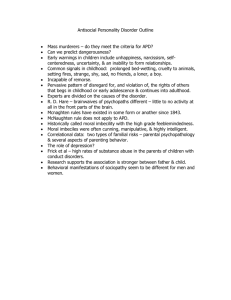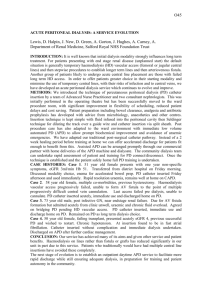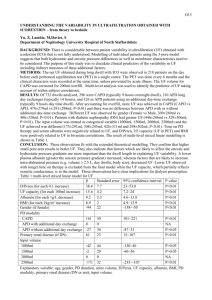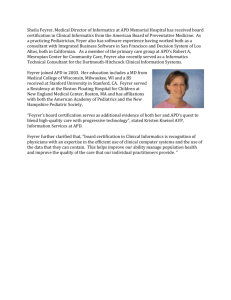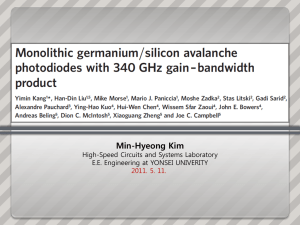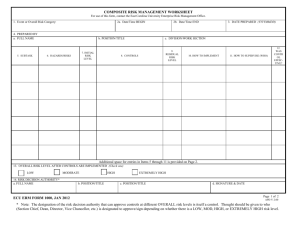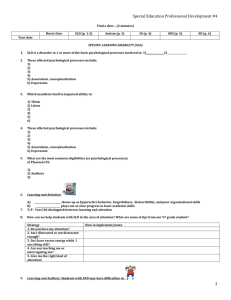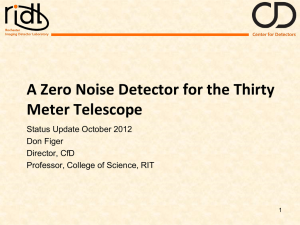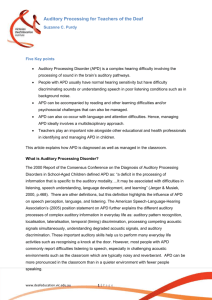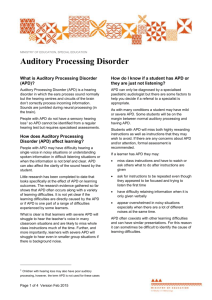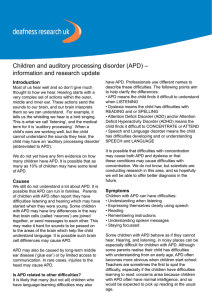(FEPOD) Part 1: A Cross-Sectional Comparison of Assisted
advertisement
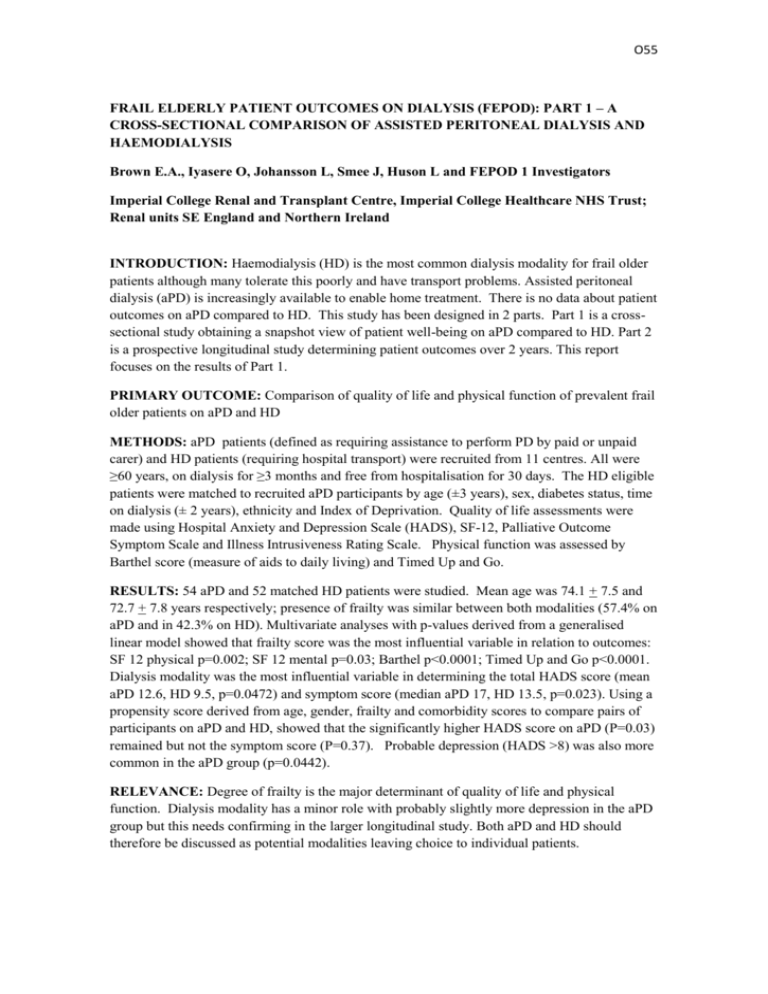
O55 FRAIL ELDERLY PATIENT OUTCOMES ON DIALYSIS (FEPOD): PART 1 – A CROSS-SECTIONAL COMPARISON OF ASSISTED PERITONEAL DIALYSIS AND HAEMODIALYSIS Brown E.A., Iyasere O, Johansson L, Smee J, Huson L and FEPOD 1 Investigators Imperial College Renal and Transplant Centre, Imperial College Healthcare NHS Trust; Renal units SE England and Northern Ireland INTRODUCTION: Haemodialysis (HD) is the most common dialysis modality for frail older patients although many tolerate this poorly and have transport problems. Assisted peritoneal dialysis (aPD) is increasingly available to enable home treatment. There is no data about patient outcomes on aPD compared to HD. This study has been designed in 2 parts. Part 1 is a crosssectional study obtaining a snapshot view of patient well-being on aPD compared to HD. Part 2 is a prospective longitudinal study determining patient outcomes over 2 years. This report focuses on the results of Part 1. PRIMARY OUTCOME: Comparison of quality of life and physical function of prevalent frail older patients on aPD and HD METHODS: aPD patients (defined as requiring assistance to perform PD by paid or unpaid carer) and HD patients (requiring hospital transport) were recruited from 11 centres. All were ≥60 years, on dialysis for ≥3 months and free from hospitalisation for 30 days. The HD eligible patients were matched to recruited aPD participants by age (±3 years), sex, diabetes status, time on dialysis (± 2 years), ethnicity and Index of Deprivation. Quality of life assessments were made using Hospital Anxiety and Depression Scale (HADS), SF-12, Palliative Outcome Symptom Scale and Illness Intrusiveness Rating Scale. Physical function was assessed by Barthel score (measure of aids to daily living) and Timed Up and Go. RESULTS: 54 aPD and 52 matched HD patients were studied. Mean age was 74.1 + 7.5 and 72.7 + 7.8 years respectively; presence of frailty was similar between both modalities (57.4% on aPD and in 42.3% on HD). Multivariate analyses with p-values derived from a generalised linear model showed that frailty score was the most influential variable in relation to outcomes: SF 12 physical p=0.002; SF 12 mental p=0.03; Barthel p<0.0001; Timed Up and Go p<0.0001. Dialysis modality was the most influential variable in determining the total HADS score (mean aPD 12.6, HD 9.5, p=0.0472) and symptom score (median aPD 17, HD 13.5, p=0.023). Using a propensity score derived from age, gender, frailty and comorbidity scores to compare pairs of participants on aPD and HD, showed that the significantly higher HADS score on aPD (P=0.03) remained but not the symptom score (P=0.37). Probable depression (HADS >8) was also more common in the aPD group (p=0.0442). RELEVANCE: Degree of frailty is the major determinant of quality of life and physical function. Dialysis modality has a minor role with probably slightly more depression in the aPD group but this needs confirming in the larger longitudinal study. Both aPD and HD should therefore be discussed as potential modalities leaving choice to individual patients.
